The Shamash stays the same but the Atua is different
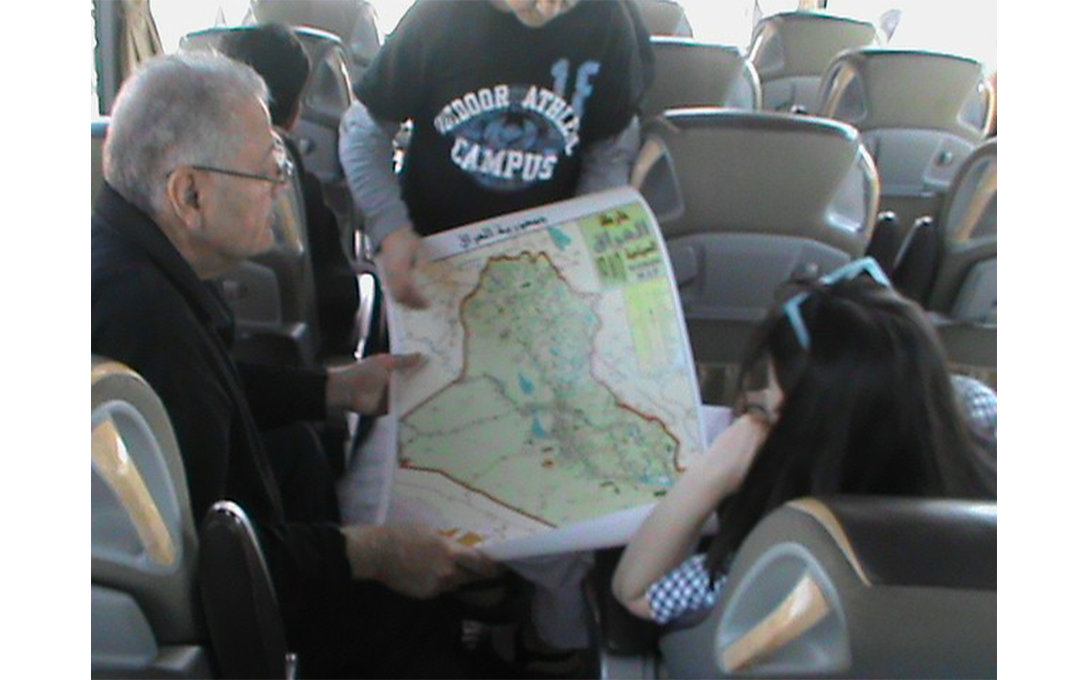
Mariam Tawfik, The Shamash is the same but the Atua is different, 2025, film still. Image courtesy of the artist.
archived
12 Apr
–
24 May
Mariam Tawfik
Mariam Tawfik's film The Shamash stays the same but the Atua is different embodies radical sci-fi visions that reimagine indigenous futures—not through Western techno-utopianism, but as a reclamation of Mesopotamia's stolen temporalities. Filmed during her first trip to Iraq in 2024, Tawfik's work rejects both colonial amnesia and fossilised nostalgia, proposing instead an Indigenous Futurism rooted in Iraq's layered history of disruption and its unexpected resonances with te ao Māori. For Tawfik, the future was always buried in the land.
Standing by the Euphrates river, Tawfik found a taniwha. The river rippled with the slowed-down acapella of Asfour by Aida El Ayoubi on the radio, the melody dissolving into the hum of Mosul’s markets, the beat of a darbukka. Beneath the surface, something watched—its eyes reflecting the split moon of Surah Al-Qamar and vibrating from pūrerehua, the Prophet’s miracle shimmering over Nasiriyah. By sunrise, The Ahwar (marshes) echoed with the qassaba and kōauau, Hinetītama and Aya welcoming the new day. Later, at the spiral of Samarra’s Malwiya, hand drums spoke to Tawfik’s tūpuna in echoes, humming with a question: What is the sound of the sun? The Lyre of Ur, Tawfik’s father said—but to her, it was the voices of her parents and tūpuna, weaving into Shamash’s gaze. Then Baghdad’s sky cracked open, revealing Peretū’s crater, tui calls looping into the lyre’s strings, and the worlds bled together.
The film draws striking parallels between Mesopotamian and Māori worldviews—two traditions separated by oceans yet united in their understanding of humanity's relationship to land. The Sumerian water god Enki, who moulded humans from the clay of the Abzu, mirrors Tāne Mahuta shaping the first woman, Hineahuone, from riverbank soil. Both narratives frame creation as an act of kinship with the earth, not dominion over it. Similarly, the Babylonian Ishtar's descent into the underworld—which stalled the seasons—finds its echo in Hinenuitepō, whose withdrawal to the realm of death established the natural cycle of life.
As an Iraqi raised in Aotearoa, The Shamash stays the same but the Atua is different is also a meditation on diasporic belonging. Tawfik captures the duality of living between two sacred waters—the Tigris and Euphrates of ancestral memory and the awa of Aotearoa. Her film suggests that mātauranga Māori offers Iraqis in the diaspora a framework to reconnect with their own indigeneity. The revitalisation of te reo Māori mirrors the potential revival of Akkadian and Sumerian linguistic roots, while kaitiakitanga o te wai reflects Mesopotamia's legacy of water stewardship. Tawfik overlays Atua with Anunnaki, suggesting these pantheons have always been in dialogue—Ishtar's hymns and the chants of Hinenuitepō as variations on the same hymn to life.
Tawfik's futurism is no escapist fantasy but a survival toolkit, an urgent proposition: as Iraq faces the potential death of the Euphrates and Tigris by 2040, and Aotearoa battles to gain legal personhood to protect its awa, both cultures are forced to reconcile ancient wisdom with modern crisis. Through this lens, Tawfik proposes indigenous epistemologies as operational blueprints for post-capitalist futures. Both Mesopotamian and Māori kaitiakitanga emerge as radical alternatives to extractive modernity.
Past Event
Chapter Two: Launch
Join us from 5pm on Friday 11 Paengawhāwhā April to celebrate the launch of our second chapter of exhibitions and projects.
More info
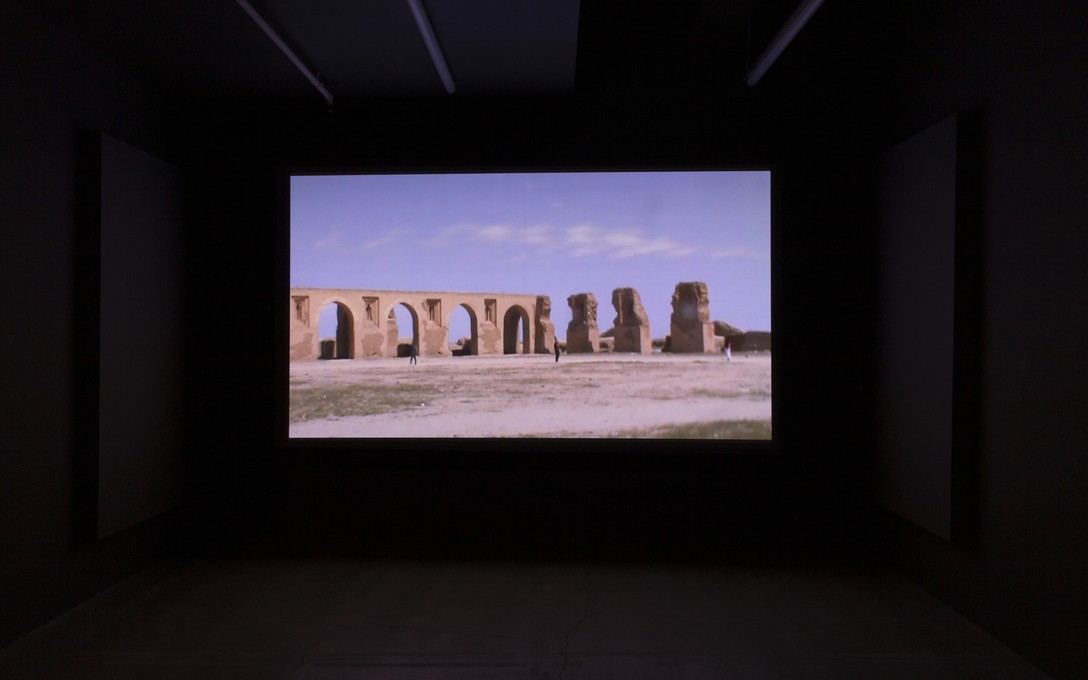
Mariam Tawfik, The Shamash is the same but the Atua is different, 2025, installation view. Image courtesy of Cheska Brown.
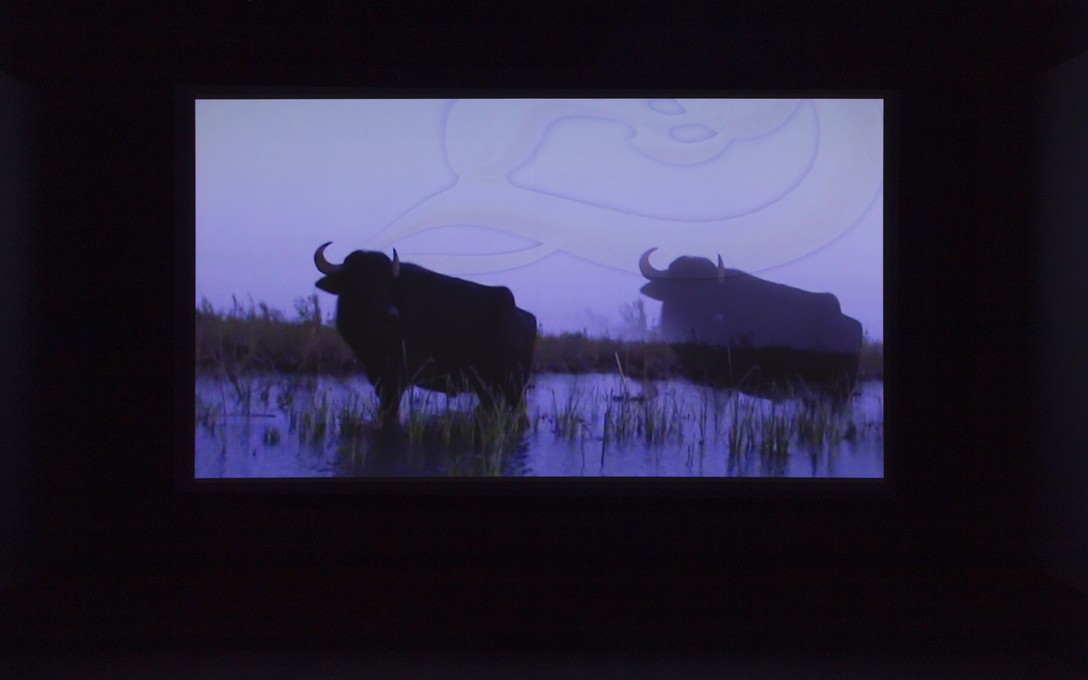
Mariam Tawfik, The Shamash is the same but the Atua is different, 2025, insallation view. Image courtesy of Cheska Brown.
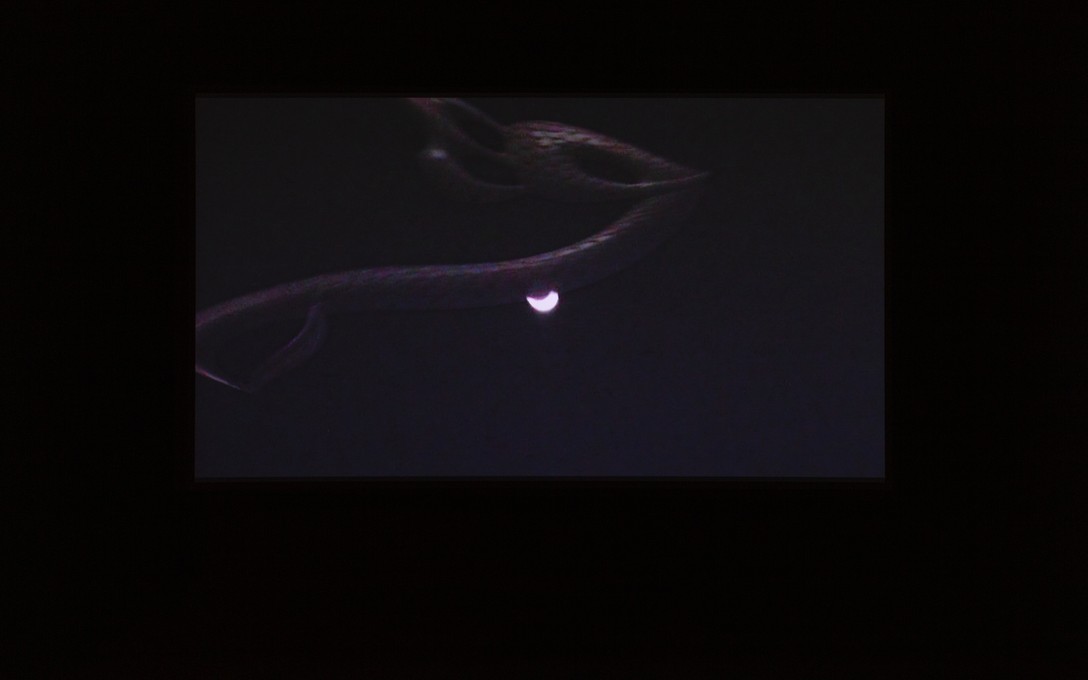
Mariam Tawfik, The Shamash is the same but the Atua is different, 2025, installation view. Image courtesy of Cheska Brown.
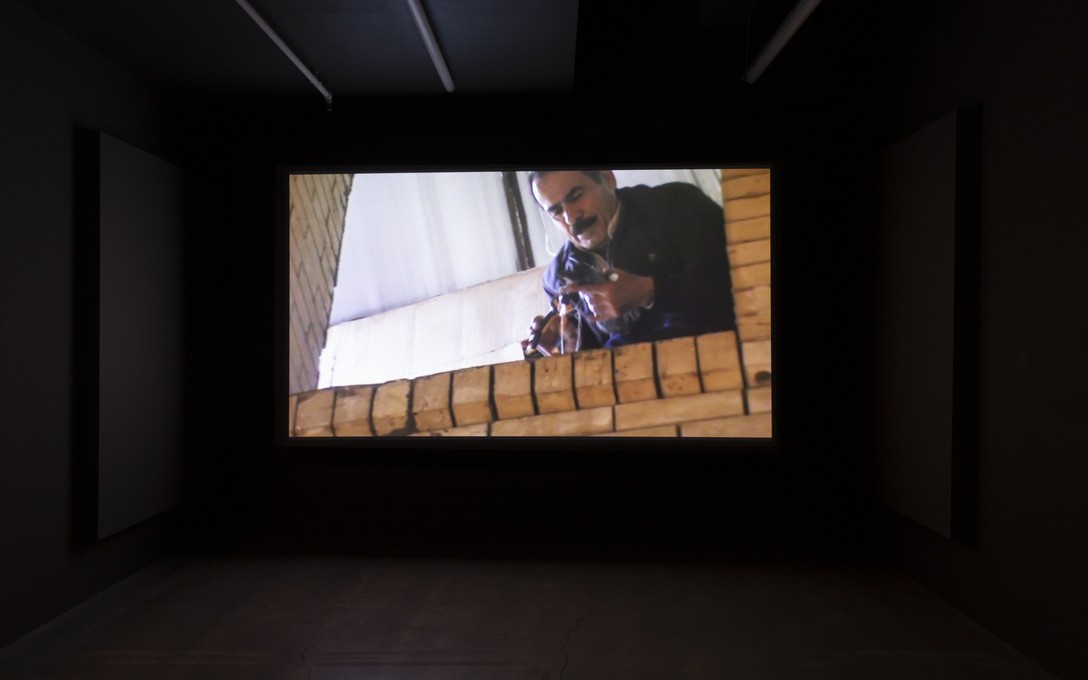
Mariam Tawfik, The Shamash is the same but the Atua is different, 2025, installation view. Image courtesy of Cheska Brown.
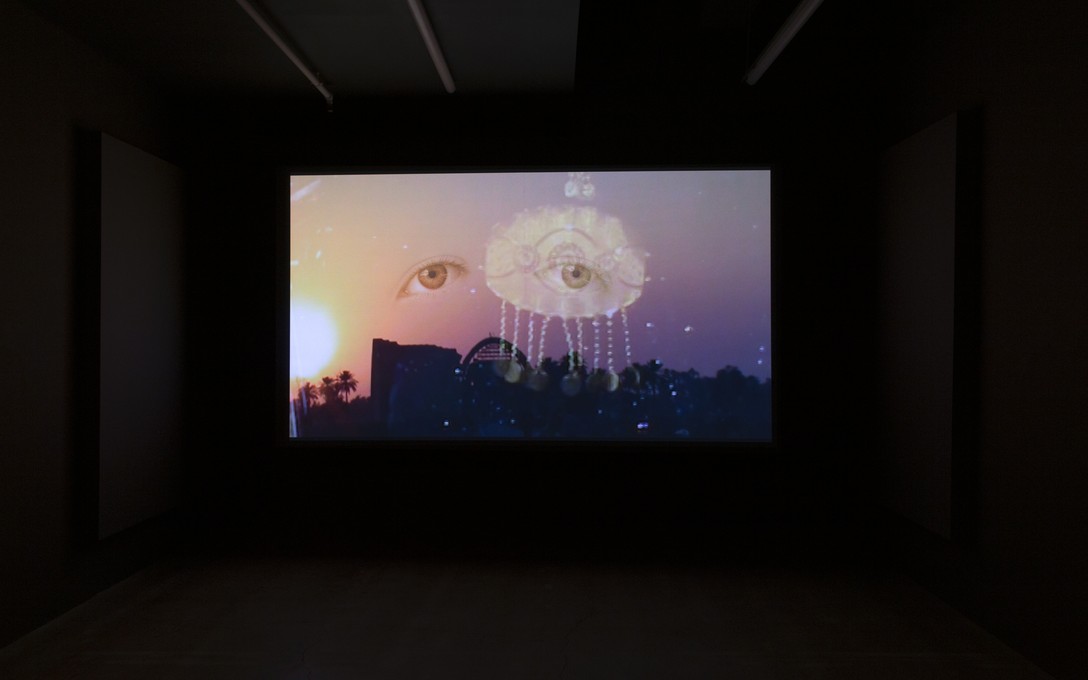
Mariam Tawfik, The Shamash is the same but the Atua is different, 2025, installation view. Image courtesy of Cheska Brown.
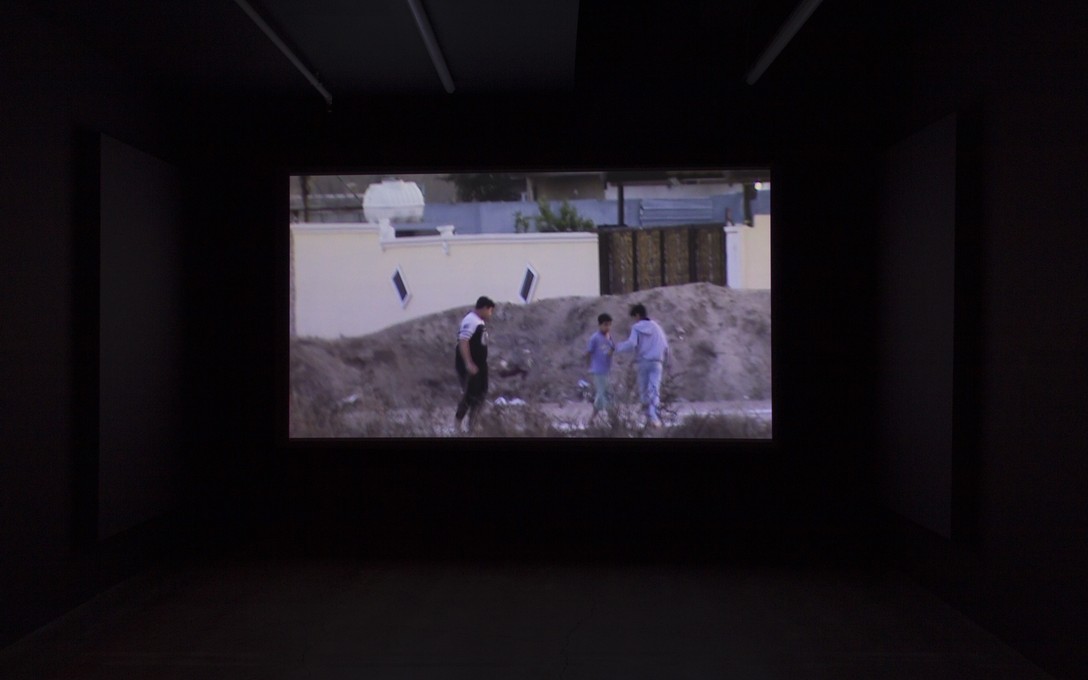
Mariam Tawfik, The Shamash is the same but the Atua is different, 2025, installation view. Image courtesy of Cheska Brown.
Mariam Tawfik is a multidisciplinary artist and sound designer based in Aotearoa, whose work navigates the intersectionality of faith, memory, and land.
Through melismatic soundscapes, immersive video and wordplay, Tawfik offers a meditative and hopeful space for contemplation and reconnection. She forges links between the landscapes and languages of Iraq and Aotearoa as well as between the spiritual and the earthly realms.
Tawfik’s sound designs serve as a drum for storytelling, inviting the listener to engage with the echoes of ancestral lands and spiritual realms. Her work calls for a reclamation of space and an invitation to collectively explore alternative narratives of our past, present and future.
